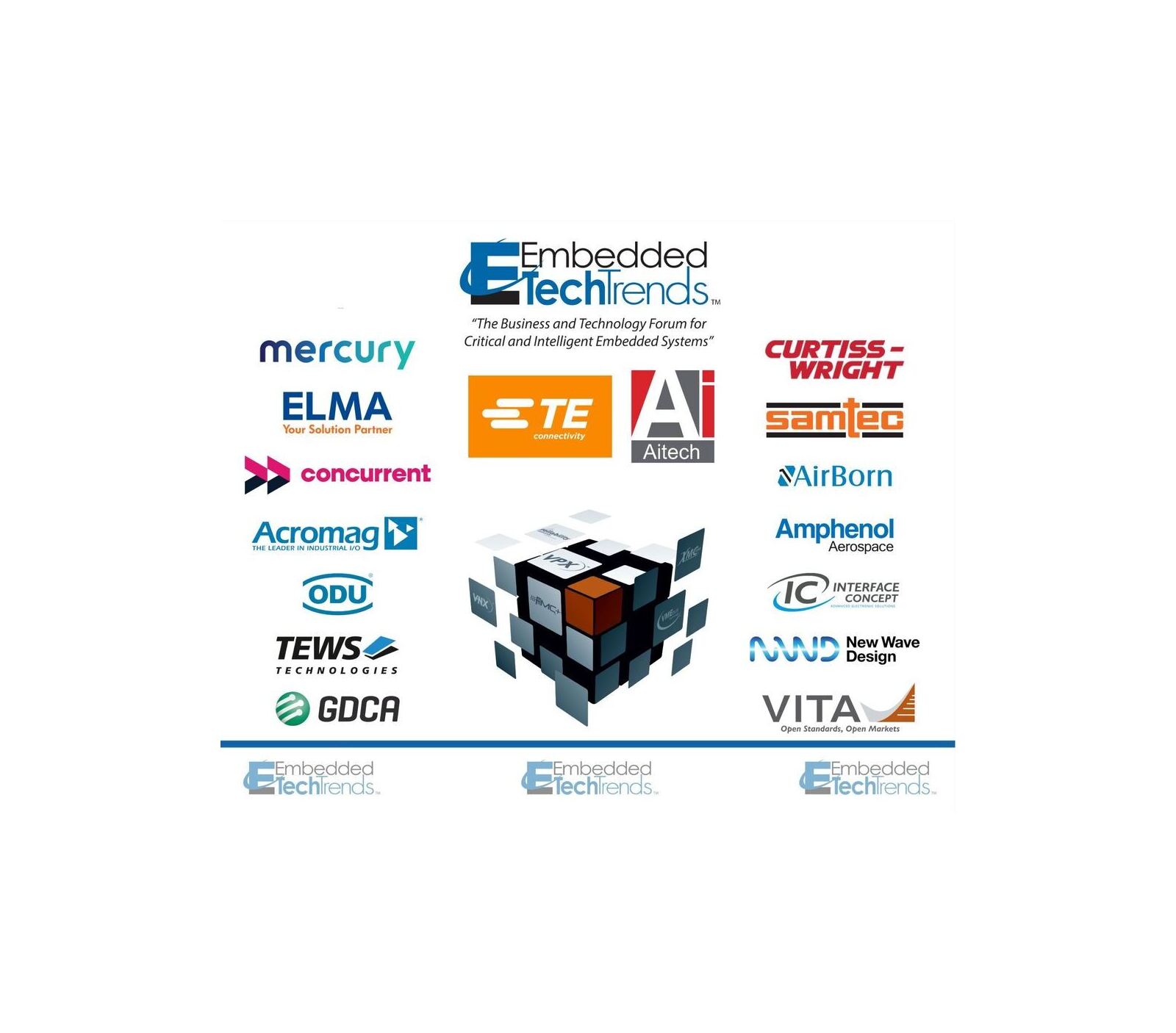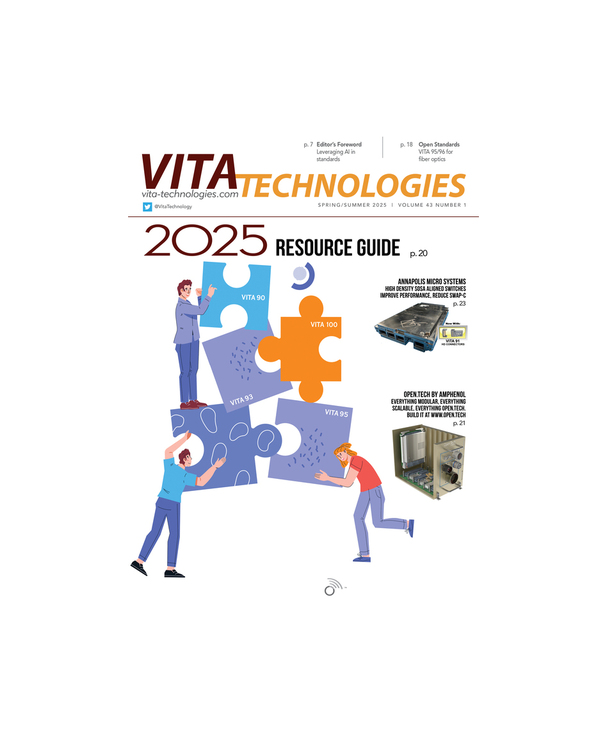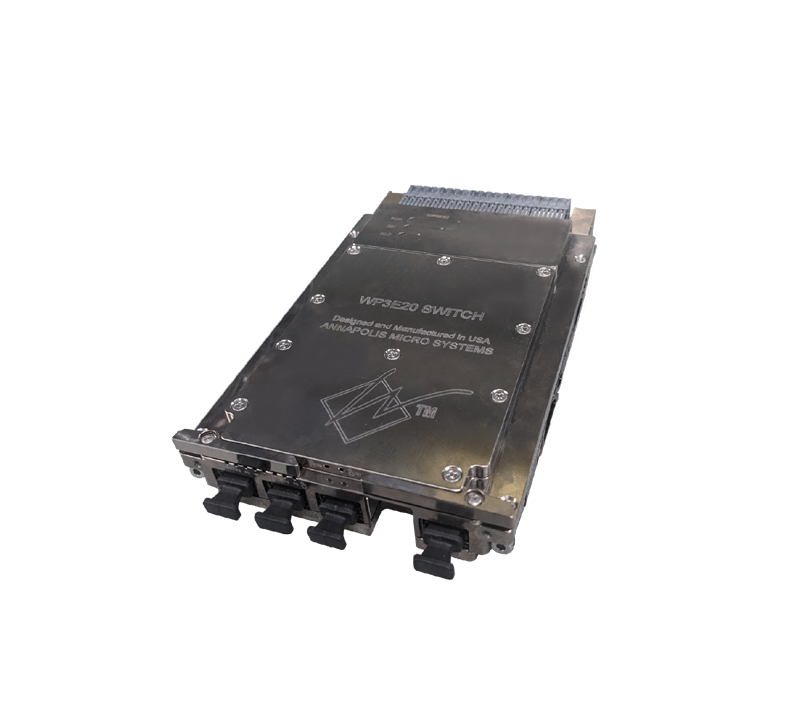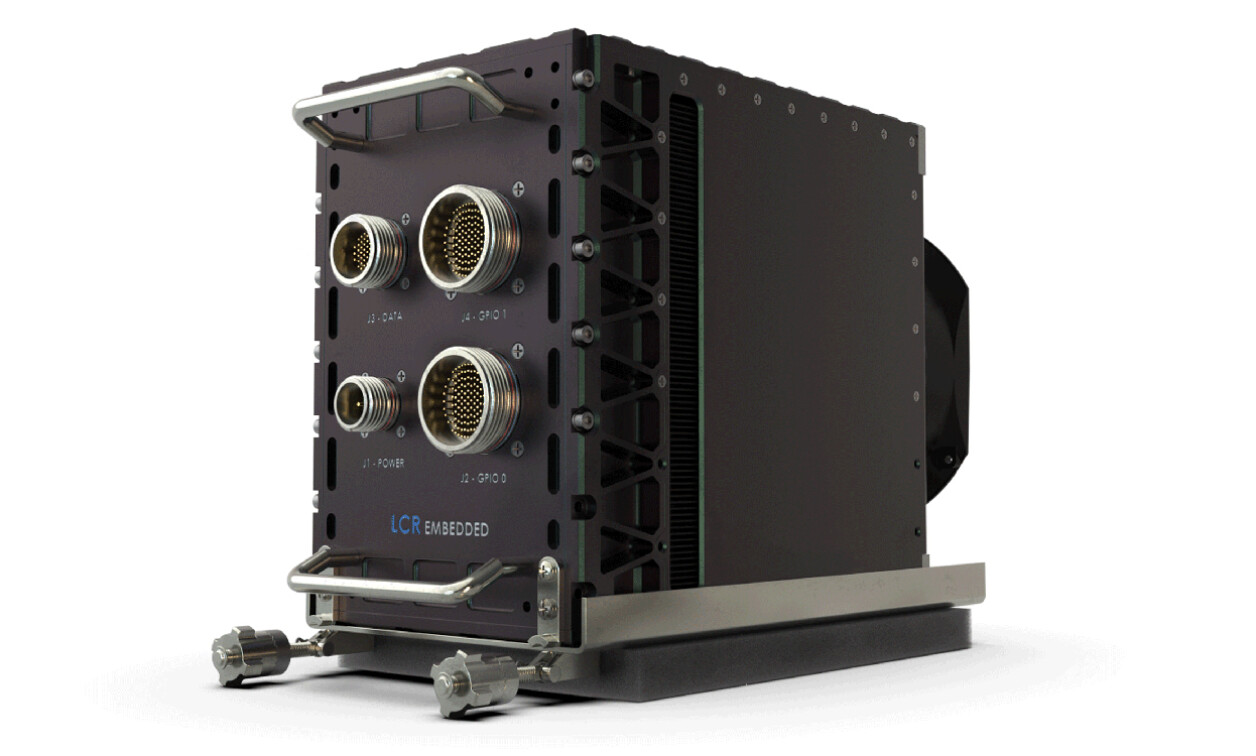Military programs are stabilizing. The industry is not out of the woods yet as uncertainty continues to cloud the direction a lot of programs are going to take. What is known is that new defense programs will depend more heavily on autonomous weapon systems. Automation and robotics, especially in unmanned vehicles of all types, has continued with unmanned aerial vehicles (UAVs) leading the charge. I may sound like a broken record on this, but upgrades have continued keeping older technology in play. The new Republican-dominated Congress should have a positive impact on defense program spending. Several defense department initiatives that have an open architecture slant are zeroing in on VPX as a preferred platform architecture.
Small form factor fever. The technical work in developing VITA 73, VITA 74 (VNX), and VITA 75 form factor specifications was quiet last year as all three were in “Trial Use” status. There has still not been any sign of VITA 75 products, as the original supporters appear to have put this on the back burner. Supporters of the VITA 74 NanoX form factor recently announced the formation of the VNX Marketing Alliance with the goal of establishing an ecosystem to bring suppliers together to develop and advance NanoX. VITA 73 is limited to one supplier in PCI Systems, no word yet on plans to develop a supporting ecosystem. Rugged COM Express is still in working group, having missed its goal of getting to “Trial Use” in early 2014. The interest in small form factors remains high and will only continue to increase.
Optical interconnect products to emerge. More work was completed on the VITA 66 family of specifications, addressing the need to connect systems to optical networks and devices. As for backplanes with optical interconnection capability, the majority of specification work is still just talk but there is more of it. There is some speculation that maybe the industry needs to step back and rethink what is really needed at the backplane level. The move to place more intelligence at end-points such as sensors may lead to new ideas at the chassis. With global warming, maybe this glacier moves a bit faster. The industry acknowledges the need but is still unable to make the required investments.
Proposals for smaller mezzanines for blade boards to appear in a working group. Last year I declared this trend dead, but then the FMC community reactivated work in developing the next generation of FMC modules. Two camps are emerging – with one wanting to keep as much form factor backward compatibility as possible, while a second camp would like to propose a new form factor. I could see a scenario where both goals are obtained as this popular form factor continues to pick up market share. 1
ARM shows up as the primary processor in single board computers. ARM made a strong showing in 2014. At the start of the year, only a small handful of suppliers with an ARM-based single board computer were listed in the VITA product directory. Today there are at least a dozen suppliers with products in multiple form factors, mostly the small form factors sizes. What I did miss was that the QorIQ family is ARM-based, thus adding to the list of ARM suppliers. Add to this the NVIDIA Tegra-K1 APU with 5 ARM cores and the list of processors based on ARM and used in VITA technologies grows quickly. I will have much more on this topic in the next issue of VITA Technologies.
QorIQ with AltiVec makes a return. This looked like it was going somewhere at the end of 2013 but as 2014 settled in, it became quiet. A lot of people were holding out hope for the return of AltiVec but now I am not so sure.
Suppliers start to use the guidance of VITA 51 to define the reliability levels of their products. The VITA 51 specification continues to be a top download from the VITA Online Store, third behind FMC and VPX specifications. More quality managers reach out to the Reliability Community to discover better methods for reliability prediction. This is another slow but steady growth area where the impact is very difficult to measure. 2
2014 additions
I have nothing new to report on my additions made for 2014 but I do not want to lose sight of them. The trends are still valid but in the slow-moving world of critical embedded systems, there were no notable changes to mention. Here they are reiterated:
1. VPX High-Performance Embedded Computing (HPEC) platforms bring power to mobile applications.
2. Active cables improve the SWaP equation for critical embedded systems.
3. Solid State Disks (SSDs) overtake Hard Disk Drives (HDDs) as the primary storage for critical systems.
What is ahead for the next year?
New trends are developing or, in some cases, re-emerging. Let’s take a quick look at what is showing up on the radar screen.
Digital meets RF. Mercury Systems’ recent announcement of OpenRFM accents the trends to bring digital and RF into a homogenous system. Smartphone technology really put this over the top but now it is trickling into critical embedded systems. The initiative to develop an open architecture solution will speed acceptance into new platforms. It may also open the door to some interesting developments in the coming years.
Tick or tock? 2014 was a quiet year for major processor announcements, but Intel has been slipping out details for their 2015 Embedded Processors roadmap with signs that 2015 could be busy. From what I can glean from roadmap speculation, late 2015 should be full of board-level product announcements using these new parts.
The business side
The economy is on the upward trend but in a slow and conservative manner. Confidence is strong but no one is willing to make a lot of bold moves just yet. At the end of the day, I am not sure that the sequester had any significant impact. All of the major primes had 2014 stock performance that outpaced the S&P 500. The tuning they made to their organizations had a positive impact to the shareholders but will we see increased demand for critical embedded computing platforms trickle down to the suppliers?
Economic events in China and Russia are causing many to rethink their global strategies. More and more companies that moved most or all of their manufacturing to China are regretting that strategy. China’s growth and rising costs have changed the math used to justify moves over a decade ago.
Russia was a popular source for software engineering. Sanctions have made using these resources challenging at best, leaving software teams scrambling to shift development centers. India has filled many of these gaps but over time we will likely see India’s growth cause yet another global strategy shift.
Summary
Barring any unforeseen influences, 2015 should be a good year for the industry. As always, I suggest that innovation is key to survival.
References
1. www.vita.com/FMC; https://www.linkedin.com/groups/FMC-FPGA-Mezzanine-Card-2450735?mostPopular=&gid=2450735
2. www.vita.com/reliability; https://www.linkedin.com/groups?home=&gid=4701272









